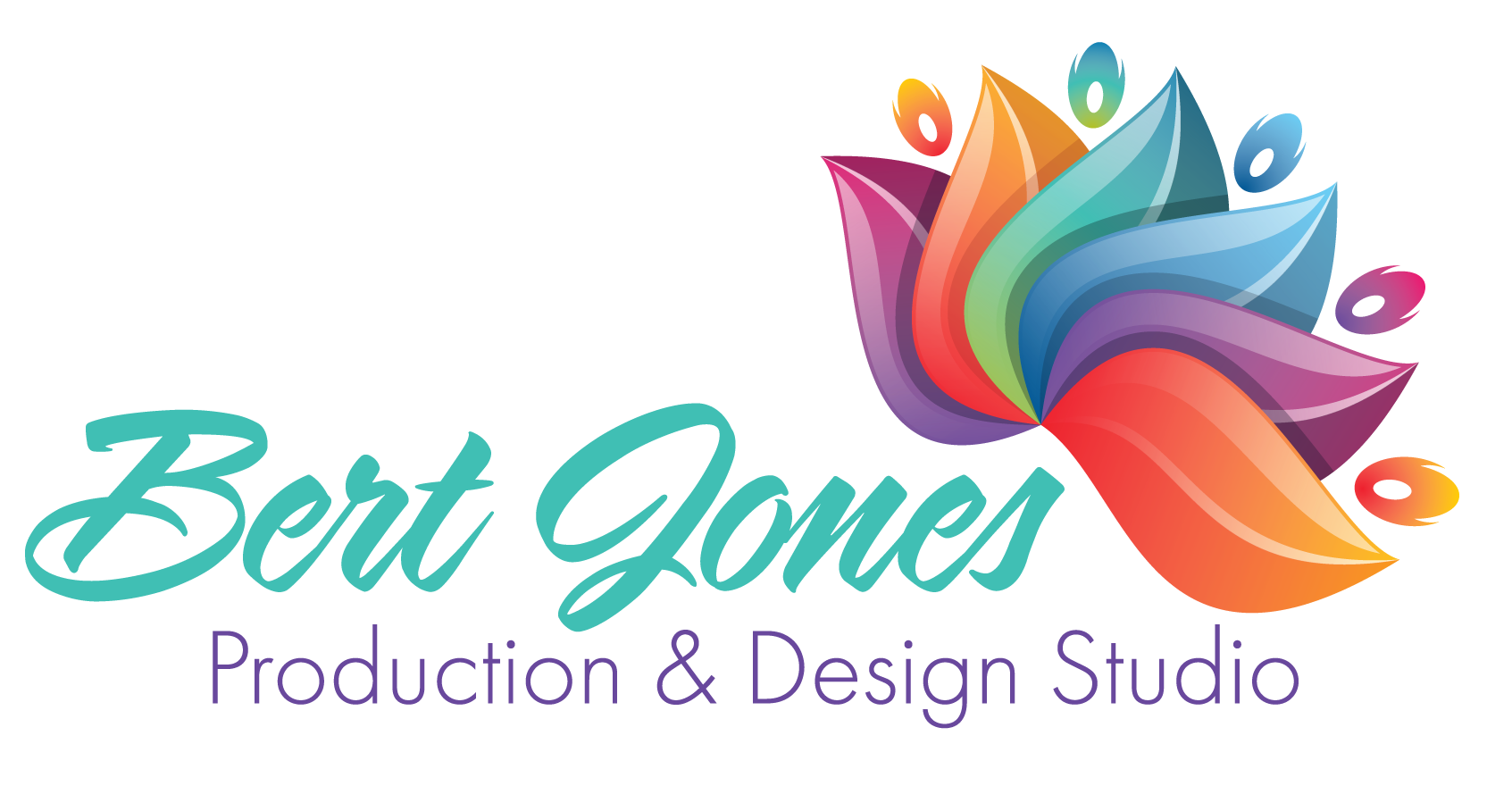Why Microsoft Word Isn’t the Best Choice for Graphic Design
July 14, 2025

The Deep Dive Review – Listen Now!
When it comes to graphic design, choosing the right software is crucial for achieving professional and aesthetically pleasing results. Microsoft Word, while an excellent word processing tool, falls short in several key areas essential for graphic design. Here are some reasons why Microsoft Word is not the ideal program for great graphic design:
1. Limited Design Tools and Features
Microsoft Word was designed primarily for text-based documents. While it offers basic design tools such as shapes, text boxes, and clip art, these features are quite rudimentary compared to dedicated graphic design software like Adobe Illustrator or Photoshop. Professional design programs provide a vast array of tools, including advanced vector drawing capabilities, layer management, blending modes, and intricate typography options, which are essential for high-quality graphic design.
2. Lack of Precision and Control
Graphic design often requires precise control over every element, including positioning, alignment, and spacing. Word’s layout capabilities are relatively basic, making it challenging to achieve the level of precision needed for professional design work. Dedicated graphic design software offers grid systems, guides, and snap-to features that allow designers to place elements with pixel-perfect accuracy.
3. Poor Handling of Graphics and Images
While Word can insert images and graphics, it lacks the robust image editing capabilities found in professional design software. Adjusting image properties such as brightness, contrast, and color balance is limited in Word. Moreover, Word does not support non-destructive editing, meaning changes to images are permanent and can’t be easily reverted.
4. Inadequate Typography Options
Typography is a fundamental aspect of graphic design. Word offers basic font choices and text formatting options, but it doesn’t provide the advanced typographic controls necessary for professional design. In contrast, graphic design software allows for custom kerning, leading, tracking, and access to a wider range of fonts and font styles, enabling designers to create visually engaging and harmonious text layouts.
5. File Format Limitations
Microsoft Word primarily saves documents in DOCX format, which is not suitable for high-quality print production or digital media. Professional design software supports various industry-standard file formats like PDF, EPS, SVG, and AI, ensuring that designs can be shared, printed, and published with consistent quality. Additionally, these formats allow for maintaining layers, vector graphics, and high-resolution images.
6. Workflow Efficiency
Efficiency is key in graphic design, where iterative changes and collaboration are common. Word’s interface and workflow are not optimized for design tasks, leading to slower and more cumbersome processes. Professional design software, on the other hand, is built to streamline workflows, with features like artboards, reusable components, and seamless integration with other design tools and assets.
7. Scalability and Flexibility
Design projects often need to be scaled to different sizes and formats. Word’s capabilities in this area are limited, as it doesn’t handle vector graphics well and can struggle with maintaining quality when resizing images or design elements. Professional design tools allow for easy scalability, ensuring that designs look sharp and consistent across various mediums and sizes.
Conclusion
While Microsoft Word is a powerful word-processing tool, it lacks the features and capabilities required for professional graphic design. For anyone serious about creating high-quality, visually appealing designs, investing in dedicated graphic design software is essential. Programs like Adobe Illustrator, Photoshop, and InDesign offer the precision, control, and advanced features necessary to bring creative visions to life effectively.
By understanding the limitations of Word and leveraging the strengths of professional design tools, designers can ensure their work stands out and meets the highest standards of quality and creativity.
